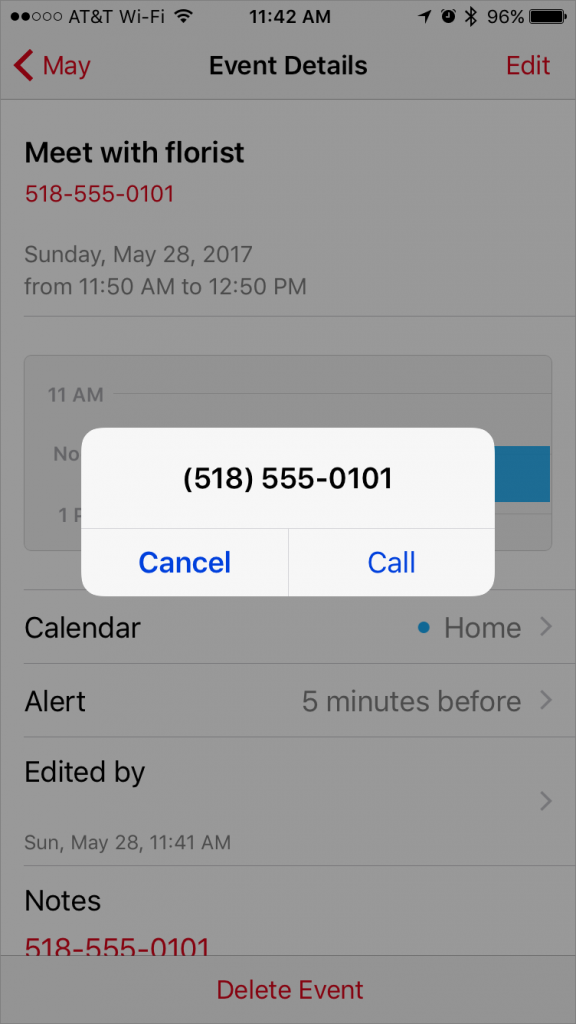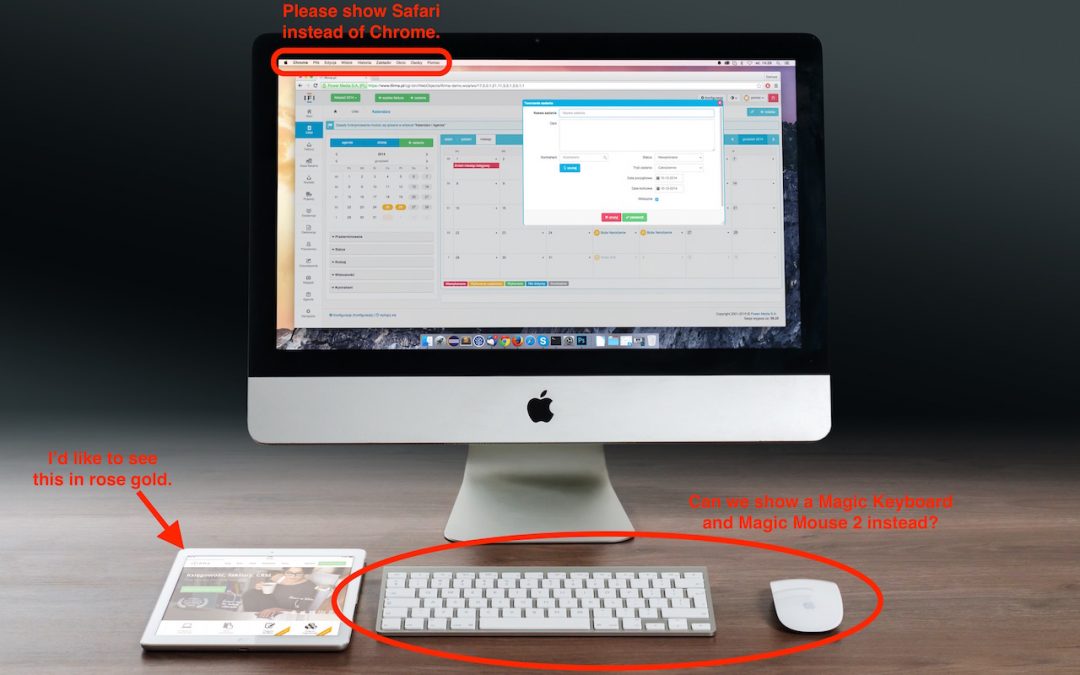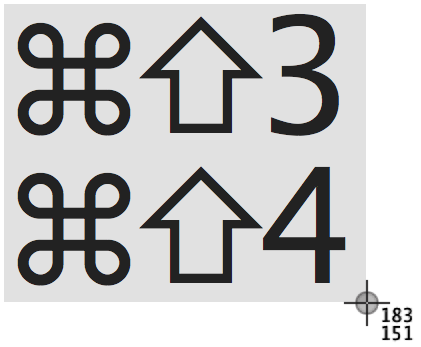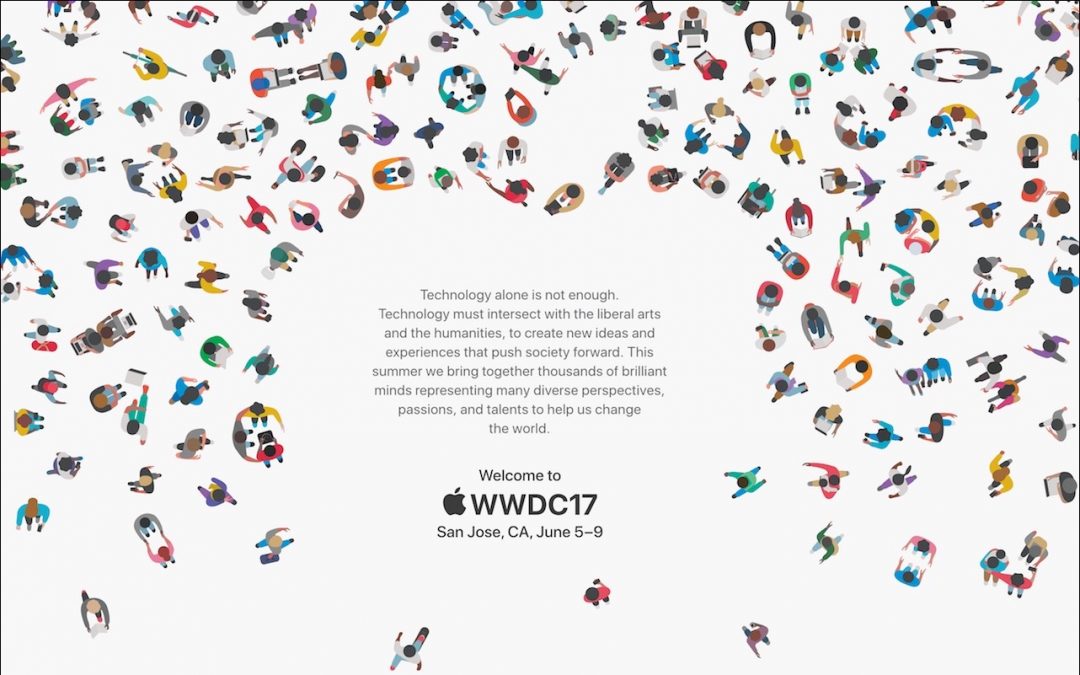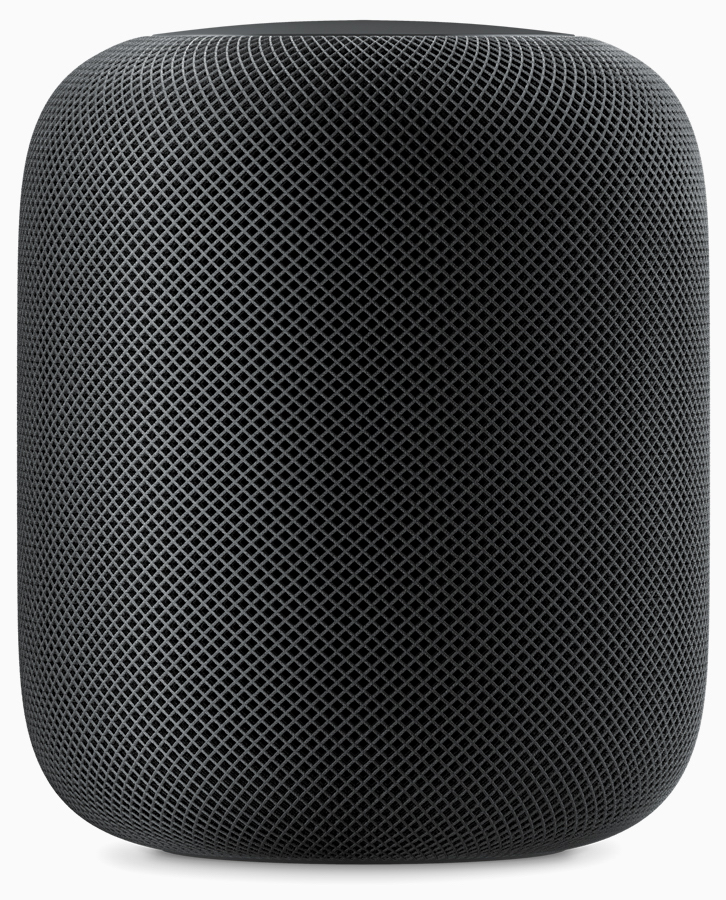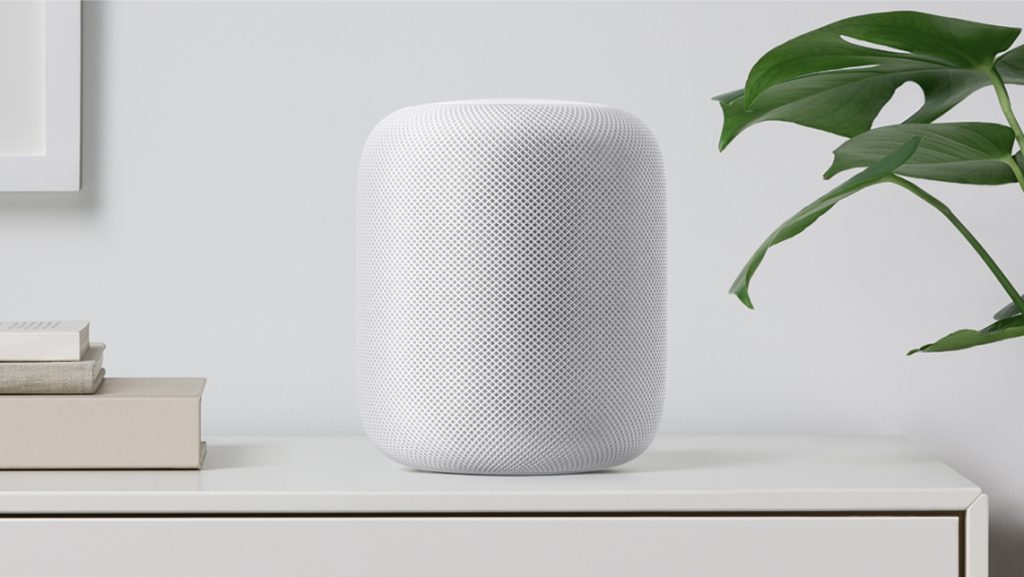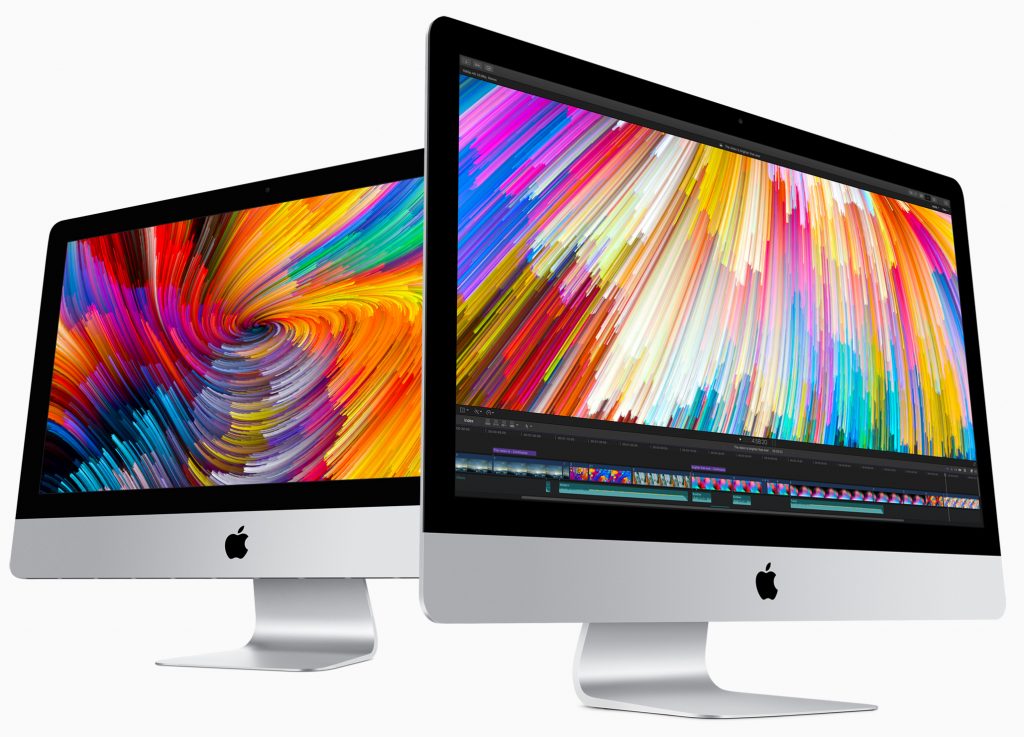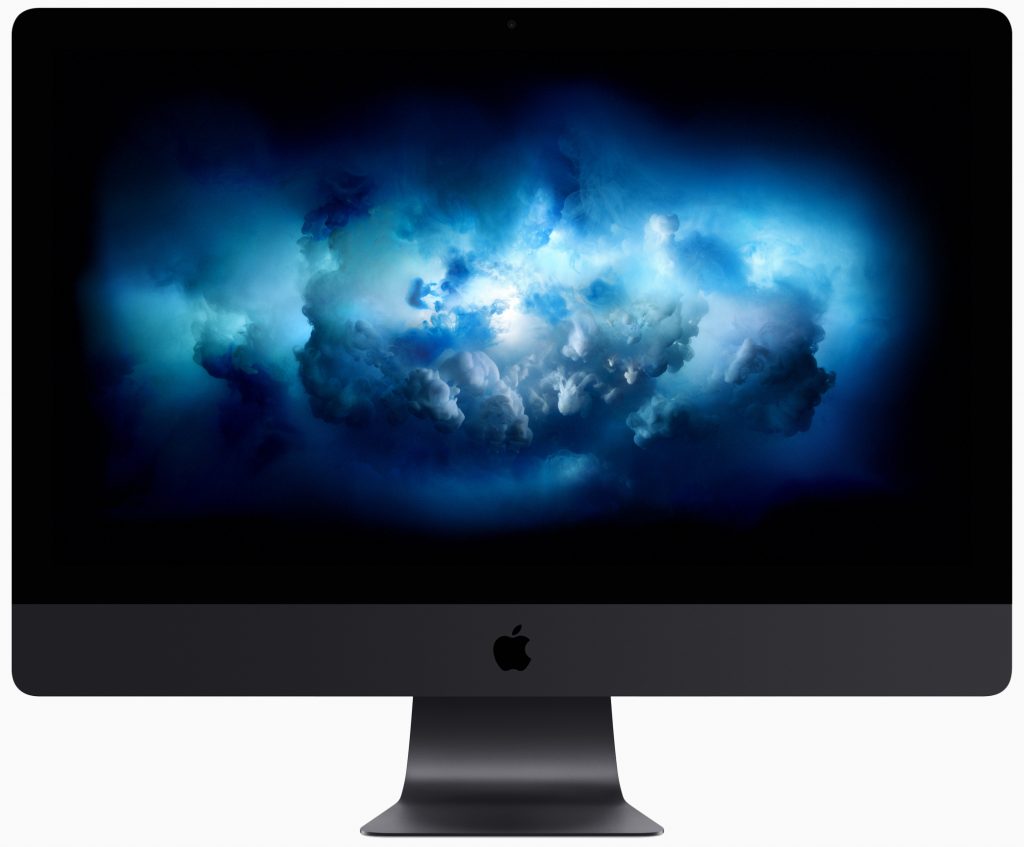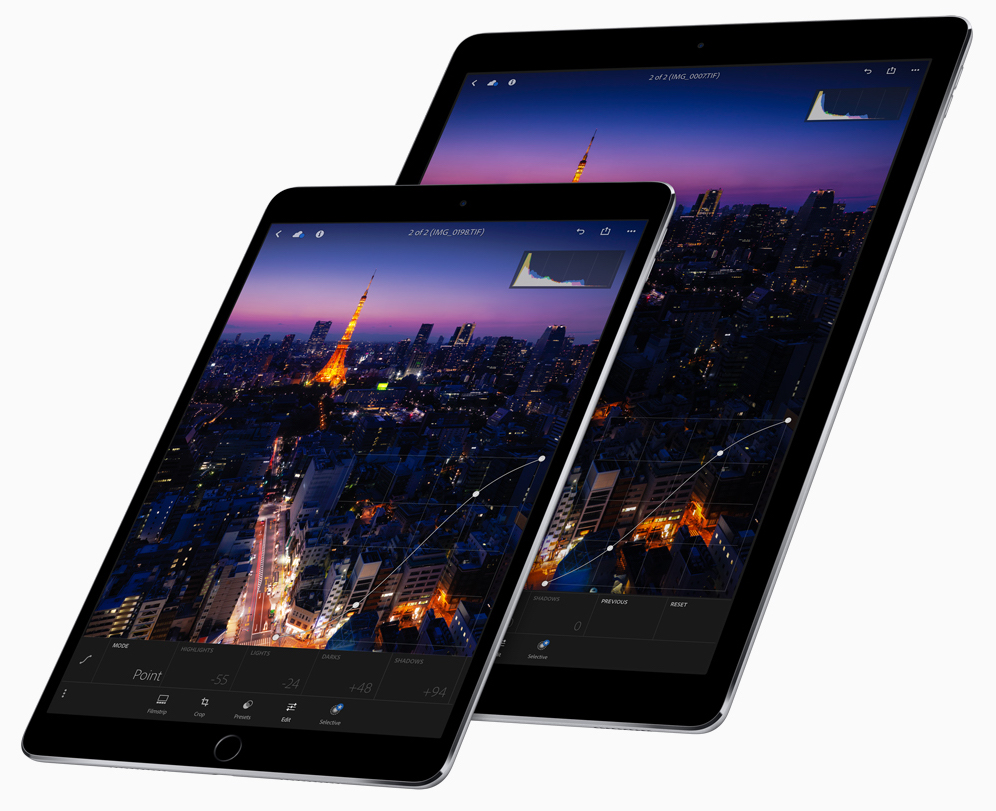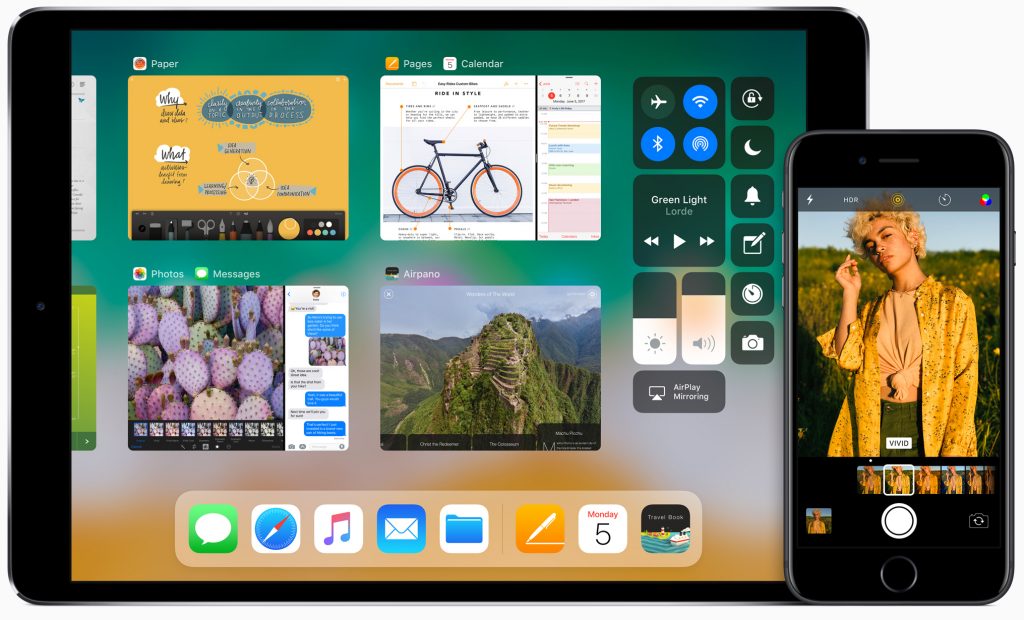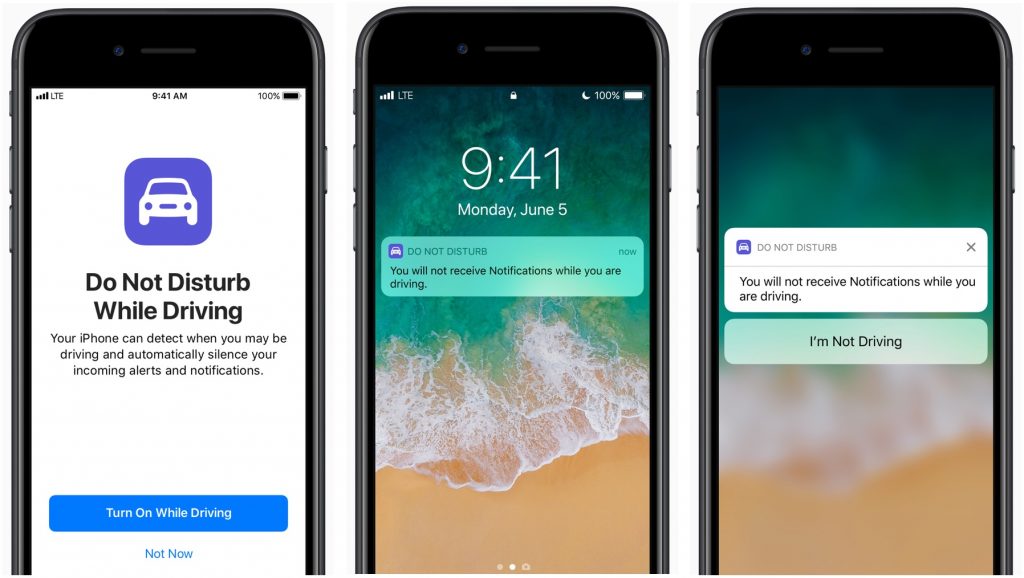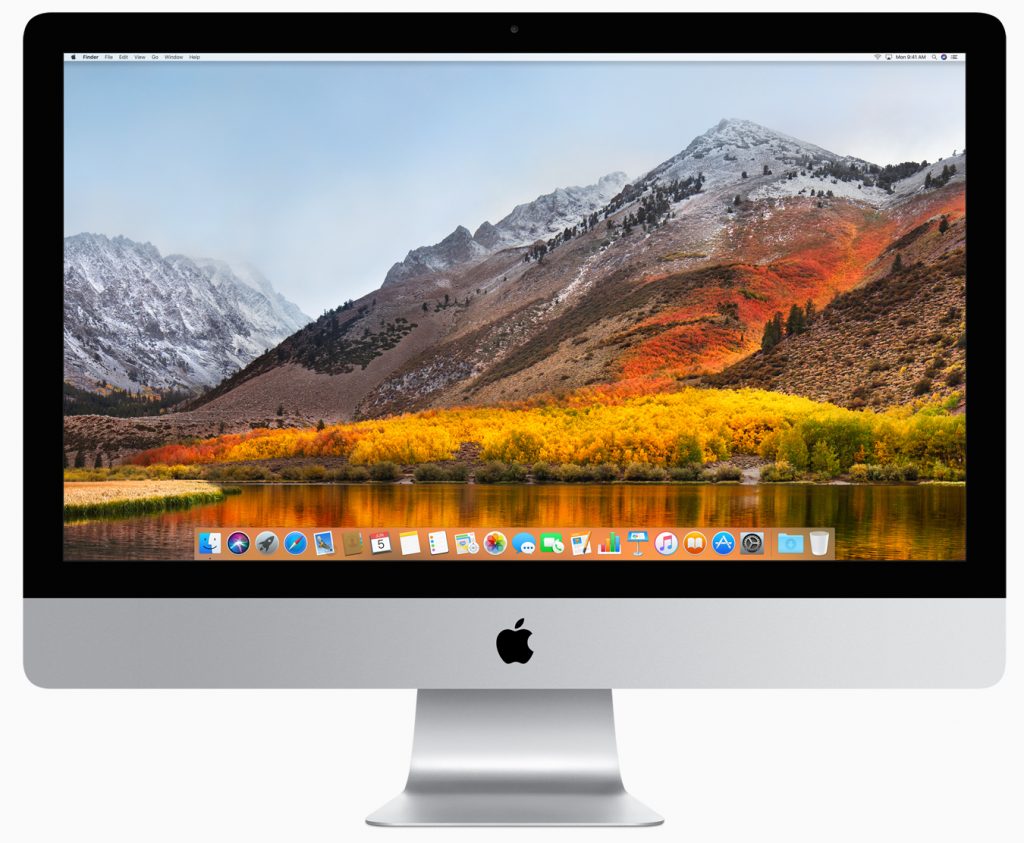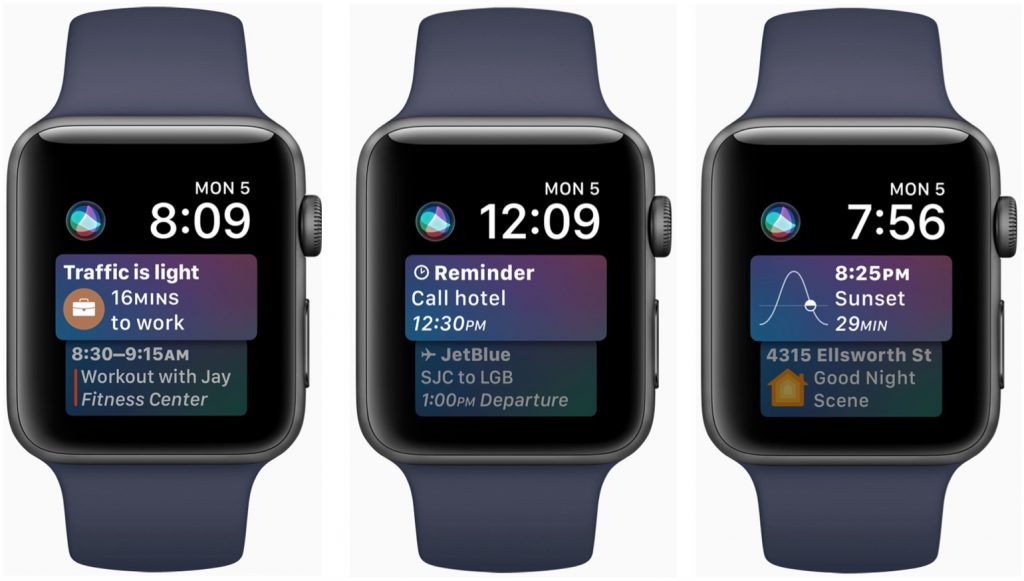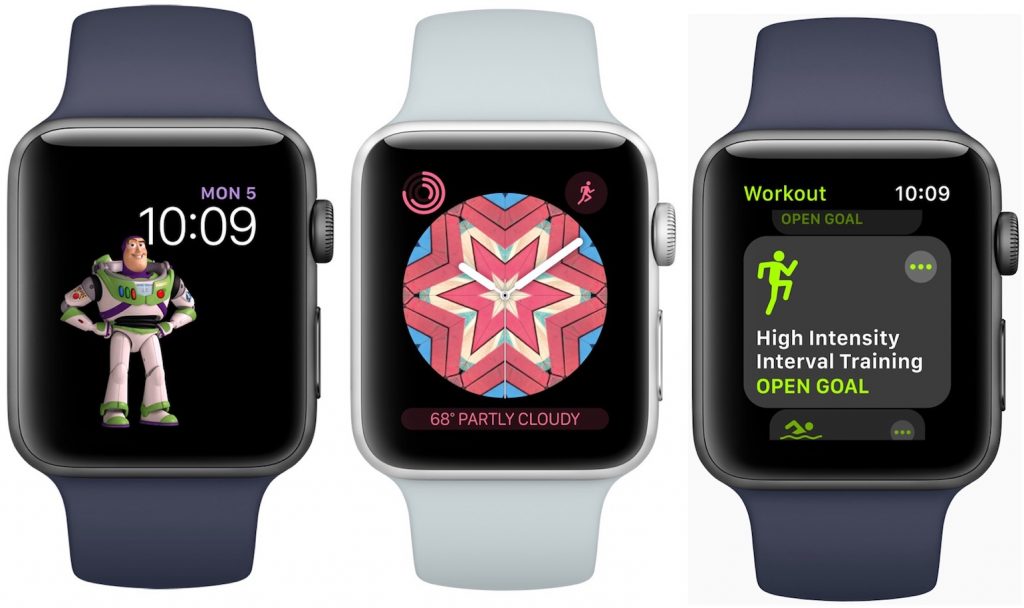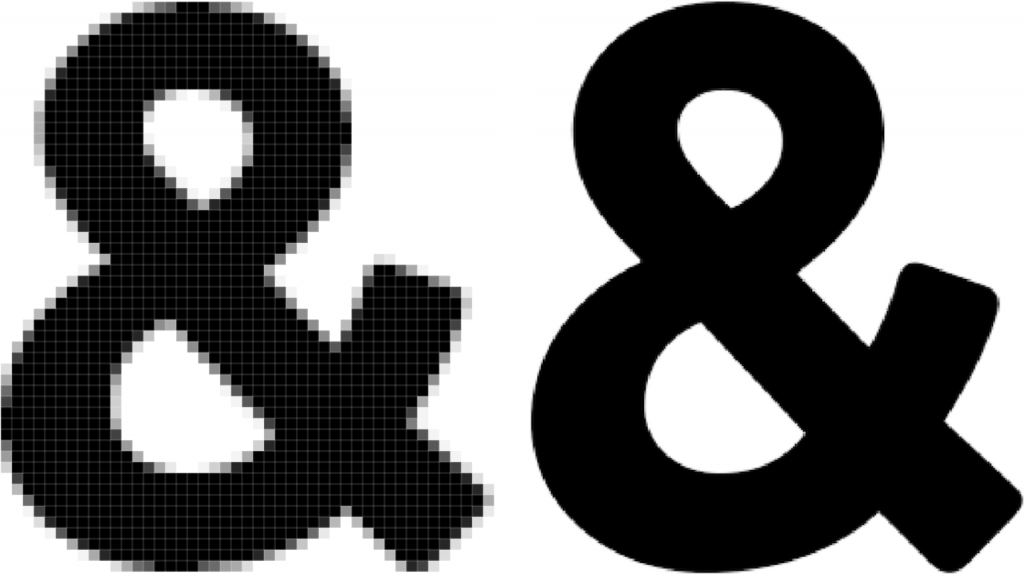As much as Apple keeps improving
typing on the iPhone and iPad, most people find tapping characters on
the on-screen keyboard slower and more error-prone than on a physical
computer keyboard. Voice dictation is one solution, but there are plenty
of places where it’s inappropriate to talk to your iPhone, and some
people just don’t like dictating. iOS 8 first allowed third-party
software keyboards, and while developers have released lots of
interesting keyboards that aim to improve your typing experience, most
have proved quirky and disappointing.
Bucking that trend is the free Gboard
keyboard from search giant Google, which combines a highly competent
keyboard with the innovative feature of being able to search Google from
the keyboard in any app. Why would searching from the keyboard be
useful? Imagine you’re meeting a friend for dinner, and you need to text
her the location of the restaurant. Rather than searching for the
address via Siri or in Safari and then laboriously copying and pasting
it into Messages, you can just tap Gboard’s Google button, search for
the restaurant, and tap the result card to insert the restaurant’s
linked address into a message.
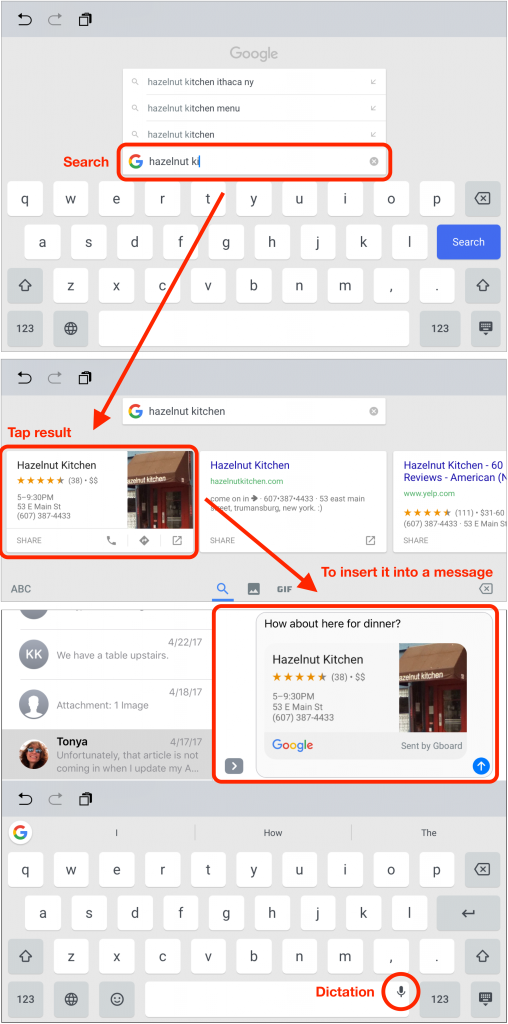 You aren’t limited to location
searches, so Gboard is great for sending links to news articles, images,
YouTube videos, or anything else you can bring up in a Google search.
Google is transparent about the privacy aspects of Gboard—it collects
search queries and anonymous statistics, but nothing else you type.
Speaking of which, Gboard’s basic
text entry works as you’d expect, complete with suggestions like Apple’s
keyboard. However, Gboard also supports “glide typing,” where you slide
your finger from letter to letter in a word without picking up until
you’ve completed the word. The order of the characters you swipe over
enables Gboard to guess at the word you mean, and it’s highly accurate.
If Gboard guesses wrong, or if it
doesn’t know a word at all, a single tap on the Delete key removes the
entire word so you don’t have to backspace over every character. When
you type a word manually, Gboard learns it for future use. Even better,
if you want to edit what you’ve written, just slide your finger left or
right along the Space bar to move the insertion point within the
text—far easier than trying to tap between characters on IOS keyboard!
You aren’t limited to location
searches, so Gboard is great for sending links to news articles, images,
YouTube videos, or anything else you can bring up in a Google search.
Google is transparent about the privacy aspects of Gboard—it collects
search queries and anonymous statistics, but nothing else you type.
Speaking of which, Gboard’s basic
text entry works as you’d expect, complete with suggestions like Apple’s
keyboard. However, Gboard also supports “glide typing,” where you slide
your finger from letter to letter in a word without picking up until
you’ve completed the word. The order of the characters you swipe over
enables Gboard to guess at the word you mean, and it’s highly accurate.
If Gboard guesses wrong, or if it
doesn’t know a word at all, a single tap on the Delete key removes the
entire word so you don’t have to backspace over every character. When
you type a word manually, Gboard learns it for future use. Even better,
if you want to edit what you’ve written, just slide your finger left or
right along the Space bar to move the insertion point within the
text—far easier than trying to tap between characters on IOS keyboard!
Although Gboard doesn’t include the standard iOS dictation button, it
provides its own, in the corner of the Space bar. Press it for a little
longer than a normal tap to invoke Google’s transcription engine, which
might even work better for you.
For those who like dressing up their messages, a tap on the smiley face

button
displays Gboard’s built-in emoji keyboard. If you have trouble finding
the right picture to accompany your latest witticism, Gboard suggests
emoji and lets you search for emoji. Take it one step further by tapping
the GIF button below the emoji keyboard, which enables you to search
for and insert animated GIFs. Gboard won’t display GIFs that are NSFW,
so you don’t have to worry about what might pop up.
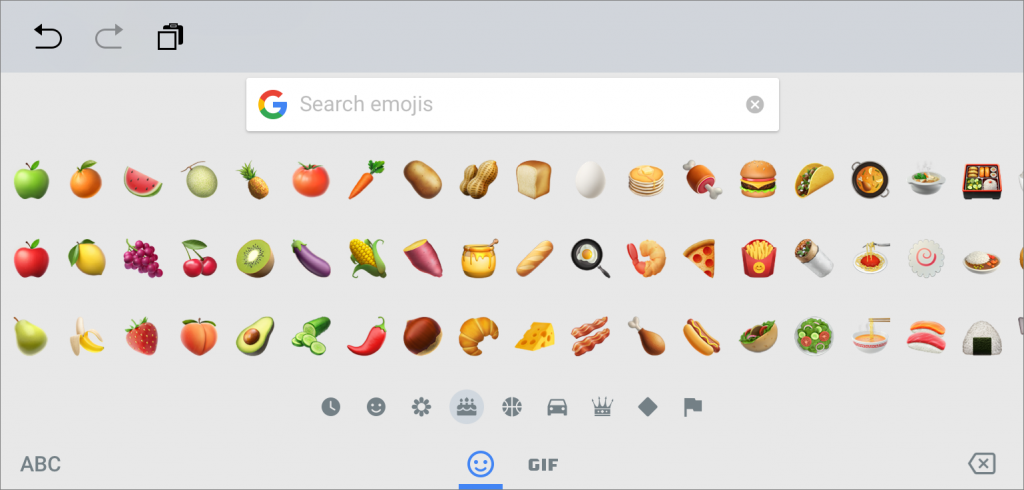 To install and use Gboard, first download it
To install and use Gboard, first download it
from the App Store to your iPhone or iPad. Then tap Settings >
General > Keyboard > Keyboards > Add New Keyboard, and under
the Third-Party Keyboards heading, tap Gboard to add it to the list of
active keyboards. Next, tap Gboard in the active list and enable Allow
Full Access. Then, in any app in which the keyboard appears, tap the
Next Keyboard

button in the lower-left corner, which usually looks like a globe or indicates that the next keyboard is a letter

keyboard. You’ll know you’re in Gboard when you see the round Google search

button
in the upper-left corner of the keyboard.
The main downside of using Gboard?
Although Gboard does have a trackpad mode (press and hold on the
keyboard to move the insertion point), it lets you move only left and
right, not up and down, and it doesn’t let you select text like Apple’s
trackpad mode. But that may be a minor annoyance given all of Gboard’s
other benefits—it offers the best third-party typing experience in iOS.
Give it a try!

